 |  |








|
F-16 ICP and DED
Getting a flightstick, a throttle and rudder pedals for your flightsimulator is pretty easy. Thustmaster, Saitek, CH and other companies have a lot of products in different price ranges and qualities.
The multifunctiondisplays (MFDs) are a bit mor difficult. Thrustmaster produces the frames with buttons, but this is only suitable for input. Adding a display is up to you, but not a big problem if you find some with the right size.
The ICP (Integrated Control Panel) and the DED (Data Entry Display) are not that kind of widely spread product. It is not possible to order these from your normal equipment dealer. So you can look for a more special offer or build one yourself.
I have chosen the second option.
My ICP is based on an Arduino Leonardo board, a C-Berry 28 display and a lot of standard electronic parts. It looks a lot like a prototype and as a matter of fact it is ;)
The housing is designed in FreeCAD and printed on an Ultimaker 2.
To use the C-Berry display I modified the hardware part of the Adafruit TFT library and fixed some small bugs, that occured during my tests. I also modified the HID descriptor to add joysticksupport.
Last but not least I wrote a plugin to connect to the shared memory area of Falcon BMS to extract the textstrings for the DED.
On this page you find everything you need to build your own ICP and DED: 3D print files, partlist, labels, firmware, plugin and circuit diagrams. Of course I don't give any kind of warranty. It's all your risk and your fun. You are free to use these files to build
an ICP and/or DED for your personal use. Any other use like distribution (for example uploading the files to another website) or commercial use (for example building and selling it) is not allowed. If you have any questions feel free to contact me.
Here you can download the files: pizzamampfs_icp_ded_v1.0.zip
All the parts and materials cost something around 120 EUR (130 USD). In addition you must invest a couple of hours sparetime. 3D-printing took about 17 hours. Drilling and cutting the needed holes into an exisiting housing is of course also possible. Putting all things
together requires a lot of soldering and some glue-work so you should plan with three (not to short) evenings.
I created a shopping list for almost all needed parts: ICP and DED parts
Only the mini-joystick is missing. Getting it was a bit difficult, but finally I found it here
Note: I'm not linked to one of these shops and don't get anything if you order there. The links are only for convenience and to give you easy access to the datasheets of all used components, if you want to use different parts.
Now let's take a look at the panel:
The Arduino Leonardo doesn't have enough pins to connect all the switches, buttons and rotary encoders. I decided to use a matrix instead of switching to a larger arduino. The pictures are from another project, but the
only difference is the number of columns. I always use eight rows so I can fill up a byte with one read-cycle.
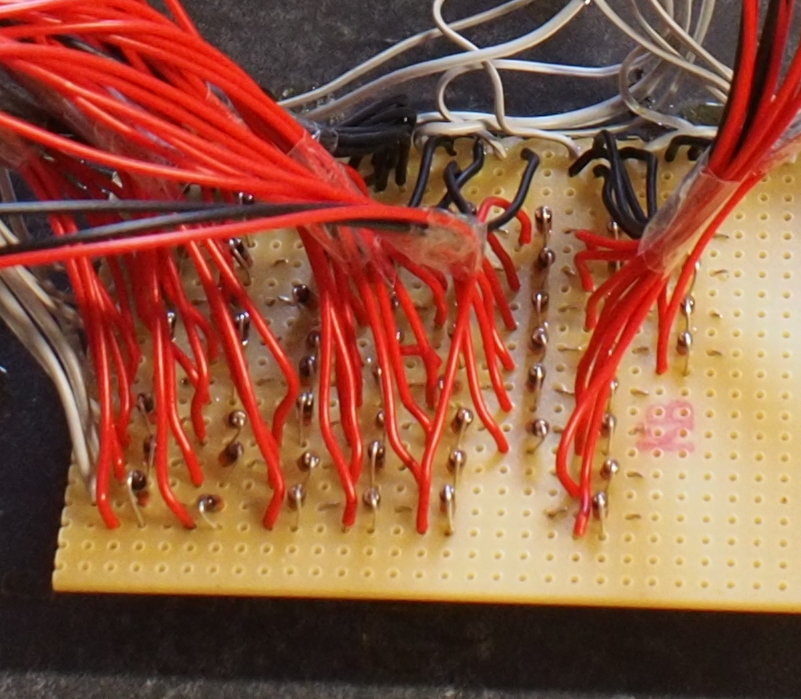
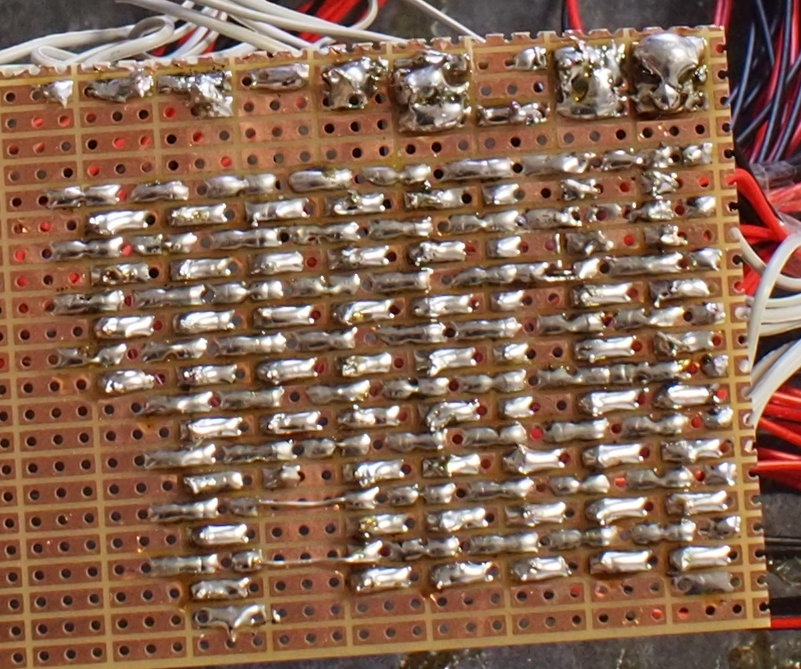
The inside is a bit chaotic. The display is glued to the housing. Since the C-Berry uses 3.3 V and the Arduino provides 5 V, I added a voltage divider for every wire. The rotary encoders are equiped with 3D-printed wheels and connect together with all the switches to the
matrix board. The pinheaders must be plugged into the Arduino, which is mounted on the base of the housing.
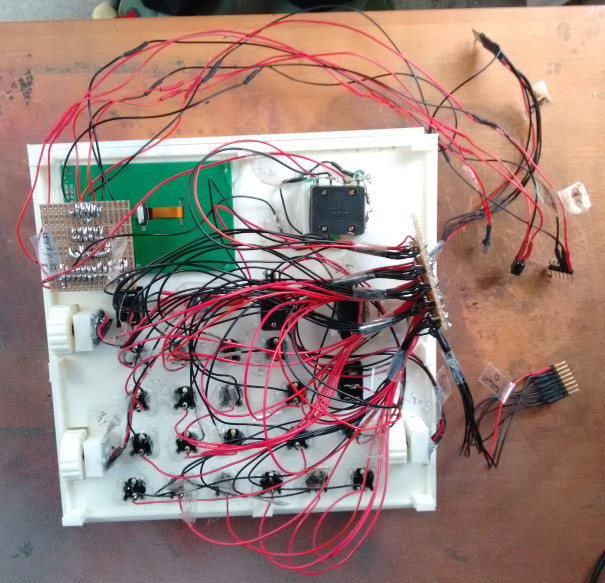
The front view is not as nice as it should be, but everything works as planned. The ICP layout is identical to the original F-16. The gear-switch is just a small add-on, because it's very handy and otherwise the room would be wasted. Currently the LEDs are a "semi-fake":
They are on or off depending from the position of the switch. Perhaps I will connect them later to the real information from the simulator.
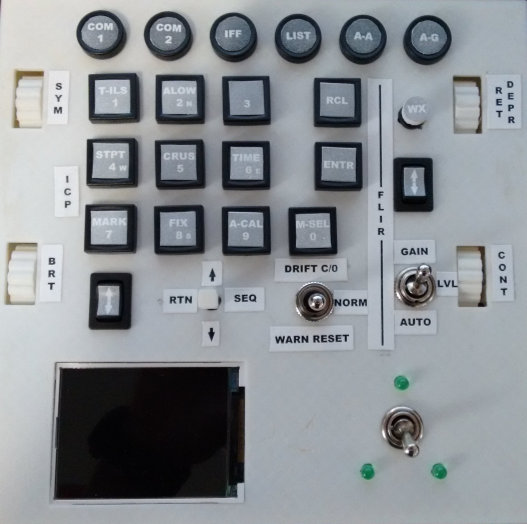
The DED is fully functional and displays the live information from the sim. Within a DED page it runs smooth. Switching between different pages shows some recognizable but not disturbing pageflip-effect.
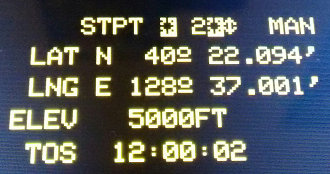
I'm currently very happy with this solution. It works like a charm, the flight experience is much better and designing, building and programming was a lot of fun.
|
|
|









